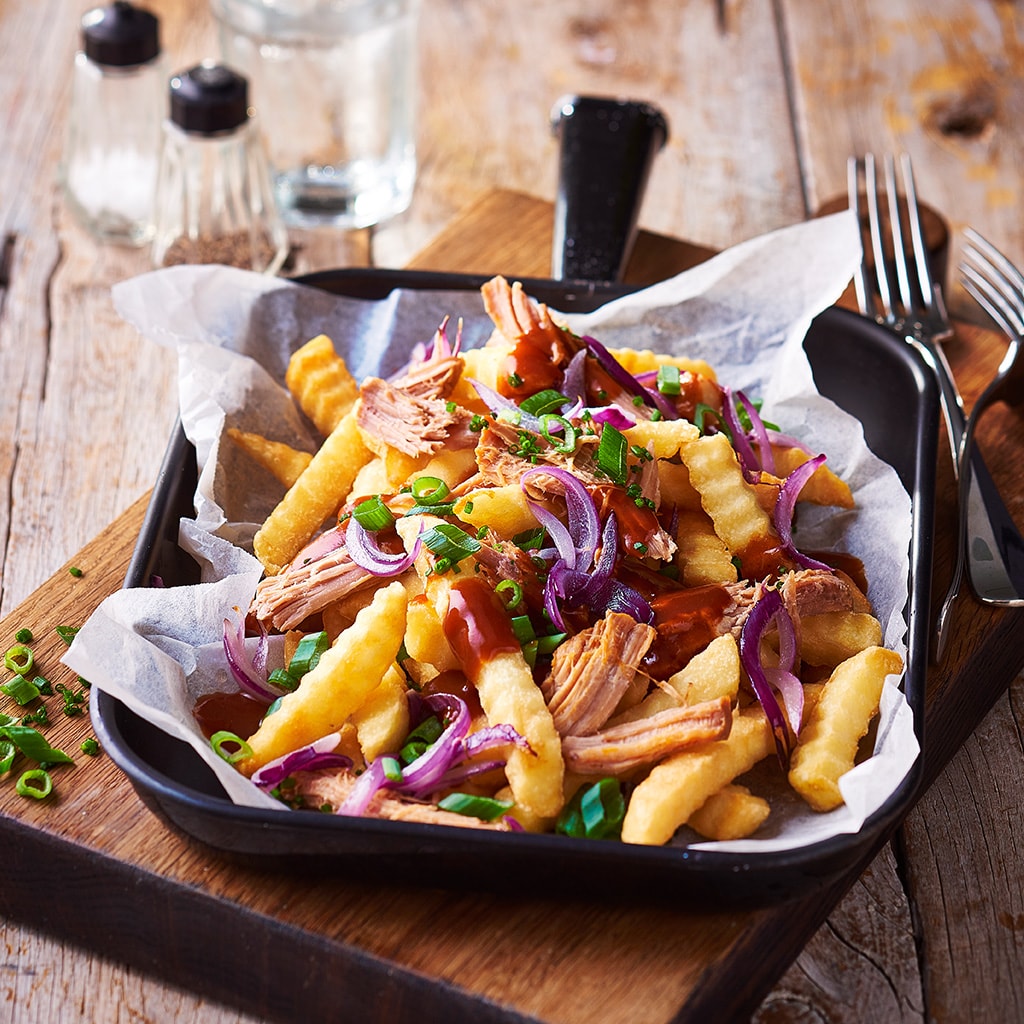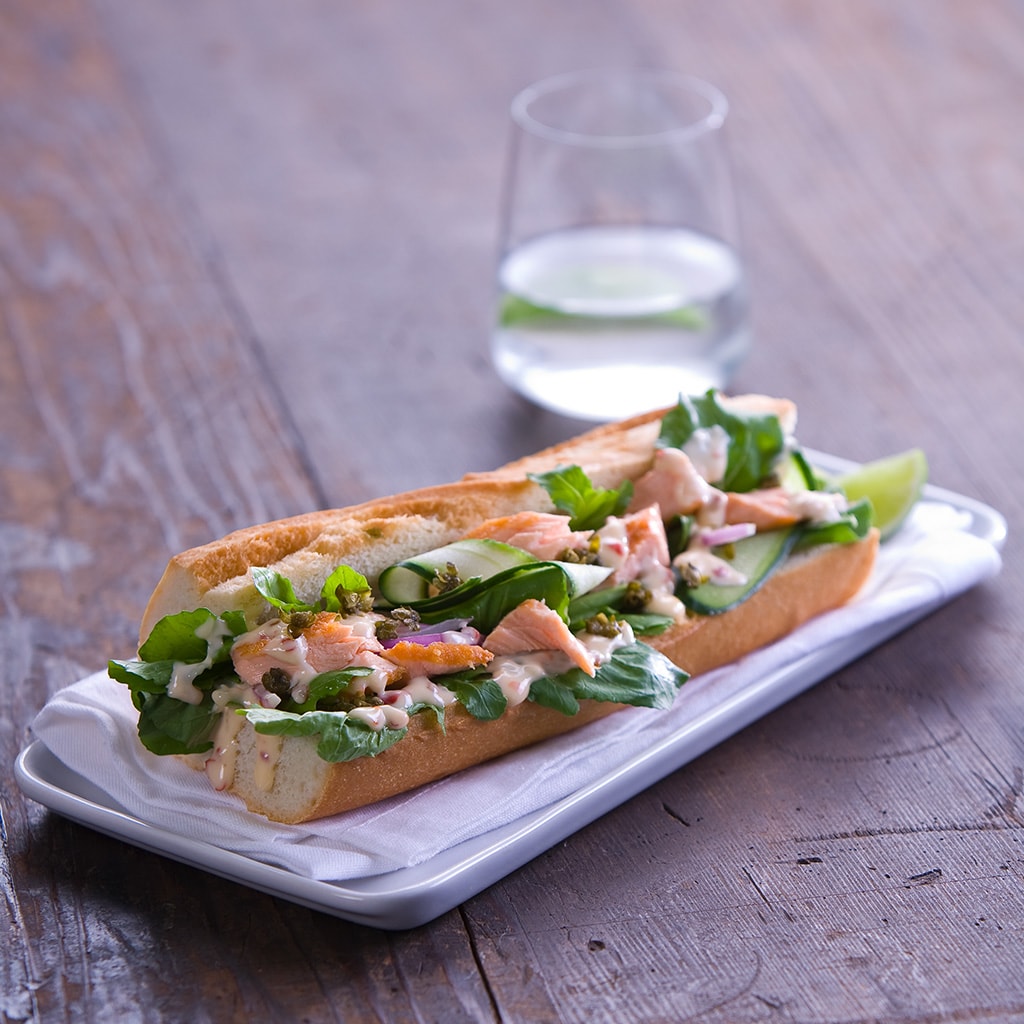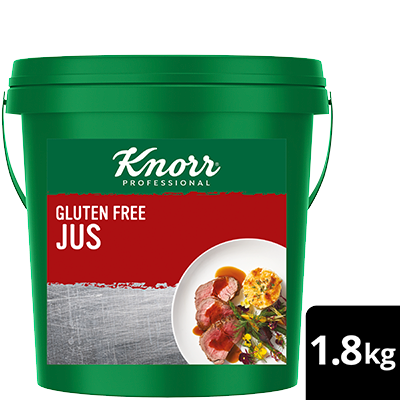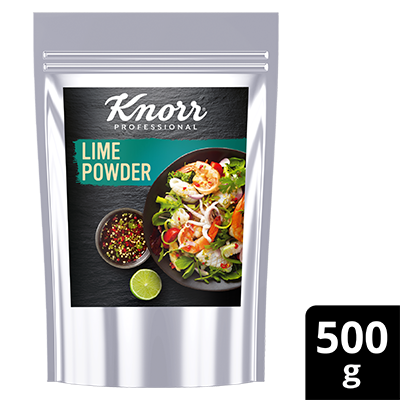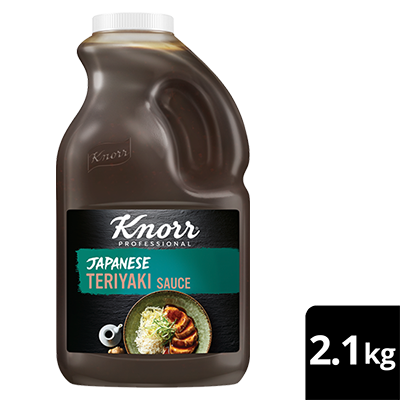Posted on Friday, 27ᵗʰ March, 2020
There are several key issues that need to be addressed when you set up a delivery model from scratch, this includes pricing and cost management, new menus, website requirements, communicating with customers, staff management plus extra food safety and hygiene measures.
“These innovations which need to be supported by all is what will hopefully see us through it,” says executive chef John McFadden, who started work with Middle Eastern restaurant group Al Aseel in Sydney in the middle of the crisis.
“From home delivery, food packages to provedores, it’s those who are going to great lengths to work around the current challenges (who will get through). Once it’s all over it will be interesting to see who survives and what their business model will be looking into the future. But I’m proud to see the industry doing as much as it can under these trying times.”
Before you sign up to a delivery platform, make sure you have done your sums and know it is a viable option, or even if it covers costs.


- Create a new condensed takeaway/delivery menu. A reduced, viable and still-profitable mini menu makes better sense.
- Consider your prices. Some delivery/pick-up platforms allow you to list your menu at higher prices to accommodate for the commission fee charged. So, where possible, ensure you have factored the commission fee into the listed price.
- Take advantage of shelf-stable products where appropriate, which have minimal handling and last longer.
Ensure your menu is optimised for delivery and each item offered is profitable for your business.
- Do your COGS. You may still be paying the same rent (if you haven’t asked for abatement already), so make sure the cost of delivering your new takeaway menu is not outweighed by your outgoings.
- Prioritise menu items that carry high profit. Profitable dishes usually include items such as rice, pasta and pizza or flatbreads, plus sides such as vegetable dishes, salads and bowls. And don’t forget children’s meals and desserts.
- There may also be an opportunity to create a weekend brunch menu such as pancakes, or breakfast bowls.
Remove items that do not travel well (such as a la carte main courses).
- Steam, condensation, varying temperatures, motion all take their toll on delivery items.
- Stacked foods, such as burgers, need to be carefully boxed and transported.
- Also maintaining the quality of fried foods (except chicken) such as French fries or chips can be tricky.
Ask if your delivery platform supplies any packaging. UberEats, for example, offers discounted prices for packaging thanks to the alliances it has made with suppliers. Otherwise buy yourself the right packaging which must include:
- Choosing the right material: Decide what type of disposable food packaging will ensure your food is delivered in the same condition as you would serve it to someone who is dining at your restaurant/cafe. Put liquids, such as sauces, in separate containers to add later.
- Size matters: Select the right size packaging for your style of food. To make sure your presentation is on point, you may need to compartmentalise or deliver in separate containers.
- Reinforce: A little bit of extra (recyclable) packaging to support your food and drinks goes a long way.
Introduce sales of coffee, tea, merchandise, gift cards, vouchers and alcohol, if possible.
- Better leverage your delivery menu, such as introducing boxed contents and a weekly meal planner or supplying recipes for leftovers. Jacqui Challinor, chef and co-owner of Nomad in Surry Hills, Sydney, has pivoted the business by offering not just for cooked food, but produce to their home-delivery. “We expanded our offering to takeaway, home delivery and Uber Eats, which will also extend to produce boxes to save people having to tackle the supermarkets,” she told delicious.com.au.

Your ordering will need to adapt as produce supplies may become affected, so adjust what you need to have delivered first, then check what they are delivering and when.
- Stock up on delivery packaging.
- Order convenience and shelf stable products which are readily available and are a minimal hygiene risk.
- Ensure produce deliveries are no-contact with clear instructions on where deliveries need to be placed.
- Use safe handling procedures when orders arrive. This should include reducing person-to-person contact and more rigorous hand washing and produce washing after delivery.


Some adjustments may need to be made to efficiently and safely handle home delivery systems. Try these suggestions:
- Properly seal all packaging and bags using tape or stickers.
- Create a waiting area for riders/drivers inside the restaurant where they can wait a safe distance away from each other.
- Create a waiting area for other riders/drivers outside the restaurant – riders/drivers should stay a safe distance away from other riders and staff while waiting outside even if there is no dedicated waiting area.
- Create pick-up areas, as far from food preparation as possible, that means no direct contact between riders and restaurant staff will be required to pick up an order. Make sure that only 1 order at a time is collected from a pick up area.
- Dedicate someone from your team to manage pick-ups during busy times.
- Have soap and water or hand sanitising gel available to riders/drivers and customers whenever possible.

For areas that are not well covered by existing delivery platforms, venues have the option of using their own underutilised staff as delivery drivers, using their own vehicles, if available.
One Penny Red and Vernon’s Bar in Sydney’s Summer Hill offers a free pick-up option, but charges $15 for local, no-contact delivery. Consider these suggestions:
- Ensure the safety of your delivery staff and the recipients by using Zero Contact Delivery. This involves placing the order at the front door before moving back to a safe distance for both your delivery person and the recipient. Then contact the recipient by phone to let them know their order has arrived and wait to ensure they have collected it before departing.
- Restrict your own deliveries to surrounding suburbs as every minute on the road will mean a less appealing final meal and longer delivery delays.
- Tap into community pages on social media, such as Facebook, and identify those who might need help in self-isolation.

Now is the time to build your own database and utilise the free promotions that are being offered by delivery platforms.
- Your loyalty program through your POS, website functions enquiries and bookings enquiries, guest WiFi which captures customer details.
- Utilise the larger delivery platforms or restaurant booking platforms that offer access to your database.
- Promote your changes on social media so customers can see you are still open for business and let them know you are doing takeaway/delivery.
- Post your menus on Facebook, promote specials or post shots of orders being picked up.
- Make a video to promote your delivery business and showcase your restaurant’s people, their skills and your dishes.
- Video a handy cooking demo or something that creates brand knowledge for your customers.
- Encourage your followers to post their own shots of them enjoying your meals, with a discount on next orders as a reward.
- Join industry and local social media pages to see what people are doing elsewhere.
Even though a delivery-only model can be restrictive to your business, now is the time to reset and look at what can be done now, and what’s possible in the future.Even though a delivery-only model can be restrictive to your business, now is the time to reset and look at what can be done now, and what’s possible in the future.

Disclaimer: The content of this article is created for inspiration purposes only. It is not intended as clinical, medical or nutritional advice.
Top recipes
-
Flat Iron Steak, Paris Mash & Bourbon Jus -
Pork Schnitzel, Coriander Crumb & Wasabi Jus -
Pulled Pork Loaded Fries -
Ocean Fresh Risotto -
Tangy Tuna Ceviche -
Zesty Buddha Bowl -
Fish and Chips with Sweet Chilli Mayonnaise -
Falafel and Avocado Wrap with Lettuce and Sweet Chilli Mayo -
Baguette with Roasted Salmon and Lime Chilli Mayonnaise -
Chicken Katsu Sandwich, Smashed Ranch Avocado -
Teriyaki Salmon, Soba Noodle Salad -
Teriyaki Chipotle Buffalo Wings
Related Products
Log in or Create an account to access:
- Get access to this content
- Discover the latest culinary trends
- Explore and save your favourite recipes
- Watch free video training courses for chefs




